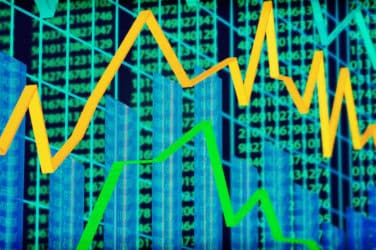Joe Mecane is managing director, global head of electronic equities product at Barclays.
What should 2017 be known as?
The new year will be known as “The year of setting the tone for market structure direction over the next few years.” There are a number of strategic paths that a new administration can pursue in terms of implementing some of the recommendations from the Equities Market Structure Advisory Committee, examining Regulation NMS, review of Dodd-Frank and/or looking more broadly at a holistic review of market structure. These will take time to implement but will have important repercussions for the way the markets operate over the next generation.
What do you see as the next major watershed for the industry in 2017?
There are a few watershed events that will continue to evolve over 2017, and will have a significant impact on the future of the securities industry. For one, the structure for the Consolidated Audit Trail will continue to be refined and finalized. This will pave the way for a new generation of trading surveillance and regulation in the industry.

Joe Mecane,
Barclays
Second, I think both the buy side and the sell side, globally, will continue to ready their plans for MiFID II. In addition to the infrastructure and transparency requirements of the rule, the implications of unbundling as well as the transformation of many trading firms into systematic internalizers will evolve the industry in ways that we probably can’t fully anticipate. And third, product-wise, there have been initial steps towards potential market structure evolution in other asset classes as electronic trading continues to expand. While there are product differences in these asset classes versus equities that may make the outcomes different, we should expect to see additional adaptation as new entrants enter other asset classes, and firms continue to look for more opportunities for efficiencies and scale.
What do you view as the most important lesson of 2016?
I think the lesson most learned by the industry over the last few years is the need to ensure that infrastructure and transparency keep pace with advancements in trading and market structure. Continued enhancements to mechanisms like the limit up-limit down rule, NMS plan governance, and trading venue governance have resulted in a better environment for all market participants. Ensuring the right level of transparency has also helped to shift market structure debates away from broad topics, such as high-frequency trading in general, towards more specific and actionable ideas, such as what effect do access fees have on liquidity provision in the industry.
What changes do you expect to see in regards to MiFID II in 2017?
Another point of focus will continue to be creating more systematic methodologies around trading processes, and measurement of trade performance. The buy side is under increasing competitive pressure on returns and efficiencies, compounded by new regulations such as MiFID2 that will continue to increase the focus on implicit transaction cost. This will continue to require the sell side to invest in their trading infrastructure, and the buy side to ensure the right level of governance around their execution model.





